Running Stress Fracture
Stress fractures typically occur in either athletes who can wear out their feet and ankles through overuse and people with insufficient density in their bones due to conditions such as. Changes to your running form.
 Managing Stress Fractures In Athletes
Managing Stress Fractures In Athletes
Stress fractures are caused by the repetitive application of force often by overuse such as repeatedly.

Running stress fracture. Not all bone pain in runners represents a stress fracture. Stress fractures are the classic form of overuse injury caused by the gradual build-up of trauma from repetitive submaximal loading and bad posture. The most common symptoms of a stress fracture are.
Pain during a run that gets worse as you go. Stress fractures are small breaks in the bones of the feet legs or hips due to pressure put on those areas. Common causes of stress fractures include overuse or ramping up your mileage too quickly.
Runners can get a wide variety of stress fractures but the most common stress fractures in runners are in order tibia bigger shin bone metatarsal femur fibula and navicular. Stress fractures suffer a similar. A stress fracture is a small fracture in a bone.
A stress fracture means the structure of the bone has been compromised by a crack or fracture. My inner thigh aches. Sidelined With A Stress Fracture.
In my experience a runner will present describing increasing pain in a particular bone or joint one of the bones of the. Lingering Effects from Stress Fracture. During recovery you can still exercise by doing low-impact cross-training such as swimming or biking with.
While a stress fracture is healing you should stay off the bone and give the injury time to heal. Wikipedia has a comprehensive definition. Swelling on the top of the foot or on the outside of the ankle.
The best way to do this is via the use. How Long Will My Stress Fracture Take to Heal. Signs and symptoms of a stress fracture.
Stress fractures are tiny cracks in a bone. This is an especially favorable rehab tool as it allows individuals to perform resistance training at low loads 20-30 1RM or non-impactlow-impact aerobic exercise and still achieve significant muscle size gains. However the description of the onset and progression of the pain is fairly consistent in a runner with a potential stress fracture.
A stress fracture is a hairline crack that forms in your bone due to repetitive stress or impact. Tibial stress fracture Increase cadence. Runners tend to experience stress fractures when they increase their training for marathons or competitions.
The overwhelming majority of runners who contact me for a second opinion are. Trying to move the load from the medial shin to achieve less varus side bending tibial. Stress fractures can be grouped into low risk and high risk categories.
For runners stress fractures commonly occur at the top of the foot or in the heel or lower leg. A sharp pain that you can pinpoint on a bony area it might feel tender to touch. This causes a stress reaction which may lead to the bone eventually breaking.
The repetitive movements of everyday activities such as running standing and walking apply steady force which can weaken the bone. 8 Zeilen Running causes more stress fractures than any other sport because we tend to run on hard. 5 Minutes With Deena Kastor.
In runners it typically happens in one of the legs. Stress Fracture 1. Blood Flow Restriction Training BFRT is becoming a popular rehab tool for running after a bone stress fracture as there is evidence to support it can improve bone specific metabolism 4.
One of my most used running re-education cues across the board. School-age athletes are also at a higher risk for developing stress fractures at the start of a season if they have not kept up with conditioning during their hiatus. A stress fracture is a classic overuse running injury and can be very common amongst long-distance runners.
It first begins with a micro-fracture developing when the loads and stresses placed on the bone exceed its ability to manage with the strain remodel and heal. A stress reaction is the precursor to a stress fracture. Metatarsal stress fractures are not one.
The most obvious example of this concept is shin splints. While at the stress-reaction stage the bone structure is breaking down and becoming weaker but does not actually contain any fracture. Stress Fractures In Runners Explained Also known as a hairline fracture basically a small crack or severe bruising in a bone.
Understand the difference between a stress fracture and a stress response. A stress fracture also known as a hairline fracture is a fatigue-induced fracture of the bone caused by repeated stress over time. Make sure you have the right diagnosis.
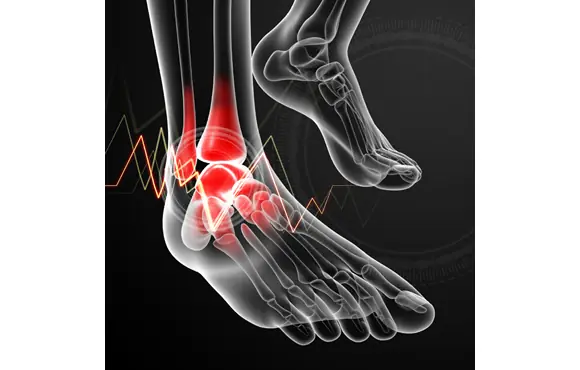 Top 5 Women Specific Running Injuries Active
Top 5 Women Specific Running Injuries Active
 High Risk Vs Low Risk Stress Fractures
High Risk Vs Low Risk Stress Fractures
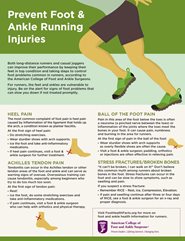 Common Runners Injury Stress Fractures Of The Foot Foot Health Facts
Common Runners Injury Stress Fractures Of The Foot Foot Health Facts
 Running After A Bone Stress Fracture 𝗣 𝗥𝗲𝗵𝗮𝗯
Running After A Bone Stress Fracture 𝗣 𝗥𝗲𝗵𝗮𝗯
 Are You Running With A Stress Fracture Empire Unleashed
Are You Running With A Stress Fracture Empire Unleashed
 9 Tactics To Prevent Stress Fractures
9 Tactics To Prevent Stress Fractures
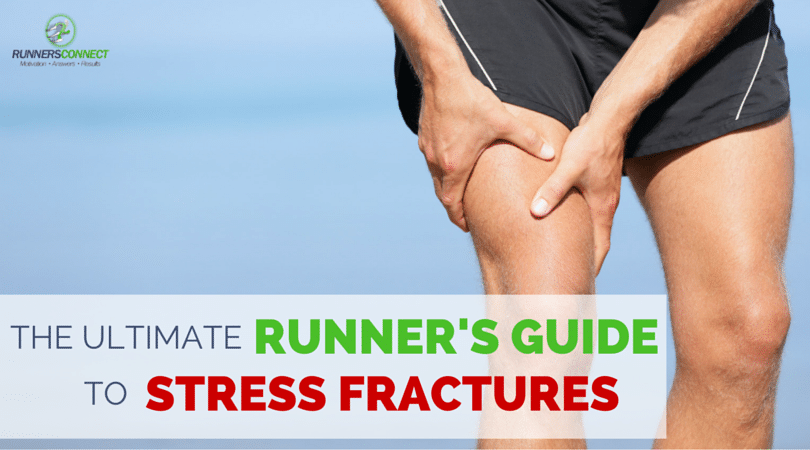 The Ultimate Runner S Guide To Stress Fractures
The Ultimate Runner S Guide To Stress Fractures
 Running Writings Injury Series Tibial Stress Fractures And Stress Reactions The Role Of Bone Structure Impact And Calf Strength
Running Writings Injury Series Tibial Stress Fractures And Stress Reactions The Role Of Bone Structure Impact And Calf Strength
 What Is A Stress Fracture Of The Foot Dr John Paul Elton
What Is A Stress Fracture Of The Foot Dr John Paul Elton
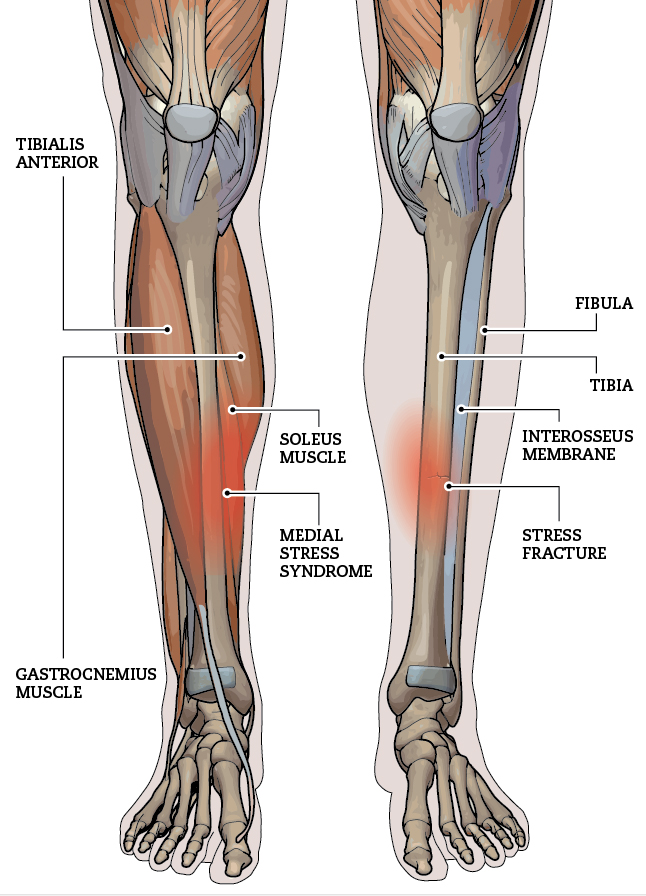 Tibial Stress Injuries Canadian Running Magazine
Tibial Stress Injuries Canadian Running Magazine
 Tibia Stress Fractures Fast Running Is Running Bad For You
Tibia Stress Fractures Fast Running Is Running Bad For You
 7 Running Injury Rehab Ideas Running Injuries Running Stress Fracture
7 Running Injury Rehab Ideas Running Injuries Running Stress Fracture
 Preventing Stress Fractures Newton Running Company
Preventing Stress Fractures Newton Running Company
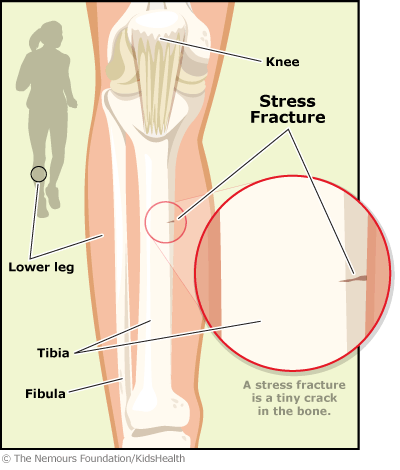
Comments
Post a Comment